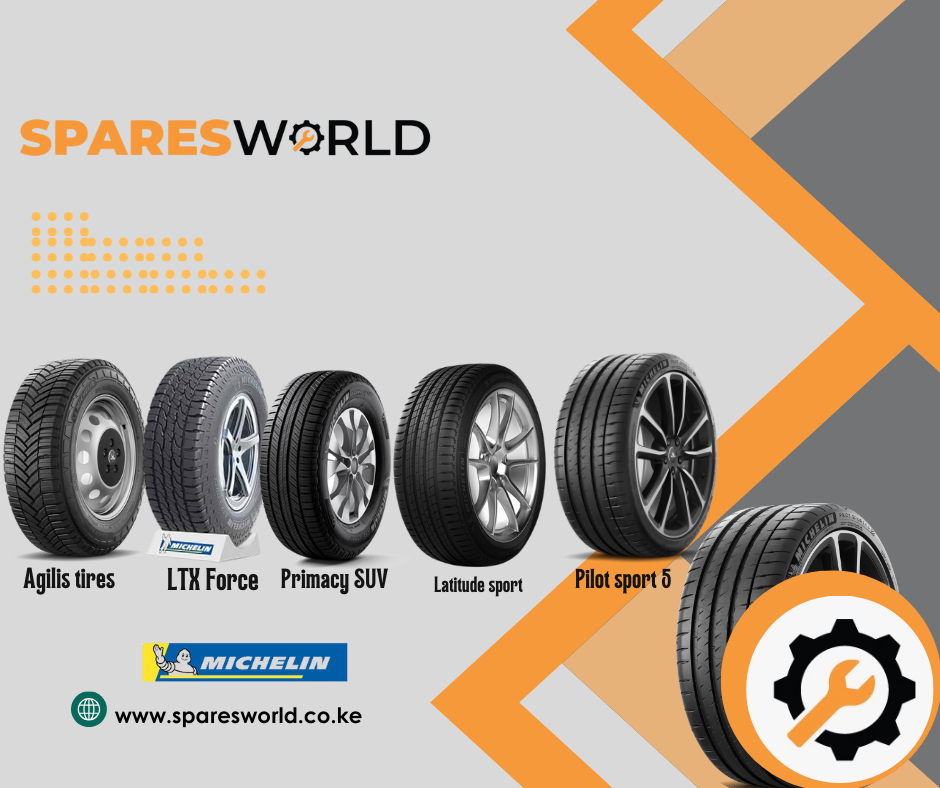Common Tire Wear Patterns and Their Causes

Discover what your car's tires are telling you about its health and performance. Learn to read the signs of tire wear and understand the underlying issues causing them.
Understanding Tire Wear: Basics and Importance
Tire wear is a natural part of driving, but understanding it can give you crucial insights into your vehicle's overall health and performance. Worn tires can lead to reduced traction, longer stopping distances, and even blowouts, which are all safety concerns. Keeping an eye on tire wear helps you maintain optimal driving conditions, enhances fuel efficiency, and ensures a smoother ride.
Tires wear down over time due to friction between the tire and the road surface. However, irregular wear patterns can indicate underlying issues with your vehicle's alignment, suspension, or even driving habits. By regularly inspecting your tires, you can catch potential problems early and address them before they lead to more significant issues.
Types of Tire Wear and What They Indicate
There are several common tire wear patterns, each signaling different issues. For instance, center wear, where the middle of the tire wears out faster than the edges, often indicates over-inflation. Conversely, edge wear, where the outer edges wear more quickly, suggests under-inflation or issues with the vehicle's alignment.
Another pattern is cupping or scalloping, which appears as high and low points on the tire tread. This can be caused by suspension problems or imbalanced wheels. Feathering, where the tread ribs are worn on one side, is usually a sign of poor alignment. Understanding these patterns can help you diagnose and correct problems before they become more severe.
External Factors Influencing Tire Wear
Several external factors can influence tire wear, including road conditions, weather, and driving habits. Rough or uneven roads can accelerate tire wear, as can frequently driving on poorly maintained surfaces. Weather conditions, such as extreme heat or cold, can also affect tire performance and longevity.
Driving habits play a significant role as well. Aggressive driving, such as speeding, hard braking, and rapid acceleration, can wear down tires much faster. Regularly carrying heavy loads or towing can also put additional strain on your tires, leading to premature wear.
Maintenance Tips to Prevent Irregular Tire Wear
To prevent irregular tire wear, it's essential to maintain proper tire pressure. Check your tire pressure regularly and adjust it according to the manufacturer's recommendations. Proper alignment and balancing are also crucial; have your alignment checked at least once a year or when you notice uneven wear.
Rotate your tires every 5,000 to 8,000 miles to ensure even wear across all tires. Regularly inspect your suspension and replace any worn components promptly. Lastly, adopt smooth driving habits, avoiding aggressive maneuvers that can put extra stress on your tires.
How to Inspect Tires for Wear and When to Replace Them
Inspecting your tires for wear is straightforward and can be done at home. Look for any uneven wear patterns, bulges, or cracks in the sidewalls. Use the penny test to check tread depth: insert a penny into the tread with Lincoln's head facing down. If you can see the top of Lincoln's head, it's time to replace the tire.
Additionally, pay attention to any changes in how your car handles. If you notice vibrations, pulling to one side, or increased stopping distances, it may be time to inspect or replace your tires. Generally, tires should be replaced every six years, regardless of wear, to ensure they remain safe and effective.

 Loading..
Loading..